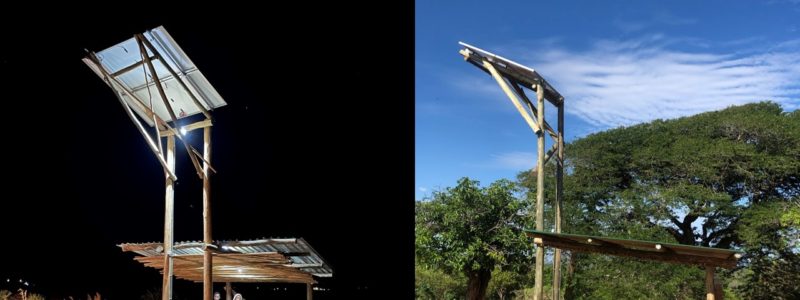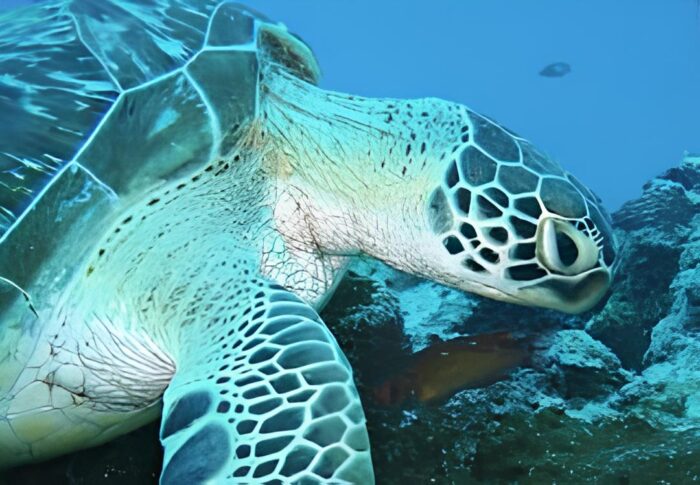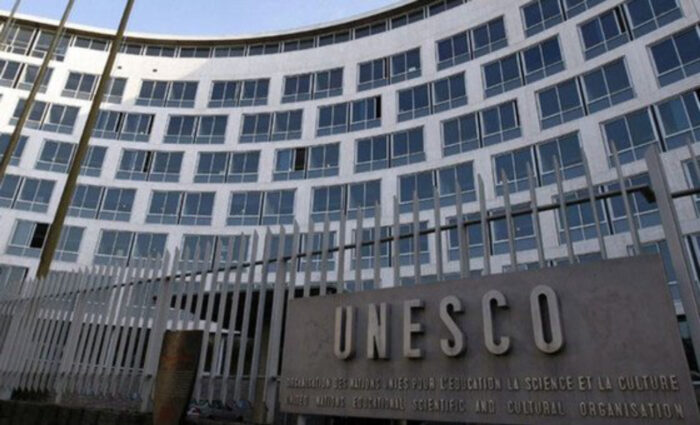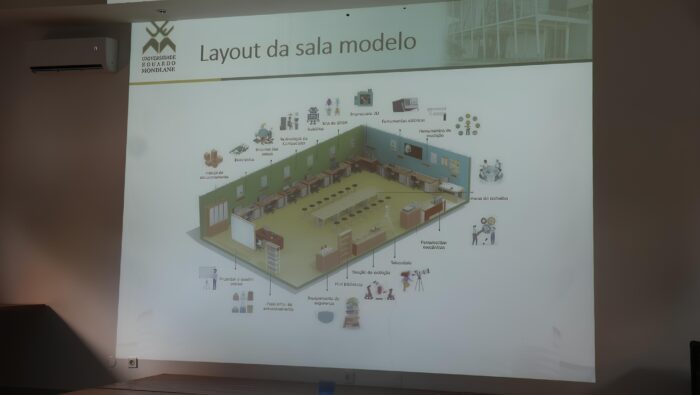
The lack of electricity is a reality that many communities throughout Mozambique still face. The lack of this resource excludes people from access to various resources that are now essential for quality of life, including information and connection with the world.
It was because it was aware of this reality that the Carlos Morgado Foundation, a non-profit organisation that aims to boost and promote sustainable development in Mozambique, designed a plan to help citizens living in the most remote areas of Mozambique to have access to energy through solar systems. Thus, in 2015, the first design of the "solar charger" appeared, which later came to be called the "Solar Giraffe".
The name came about when the organisers were trying to raise the solar panels as a way of preventing them from being stolen and, once they had done so, realised that the end result was shaped like a giraffe.
It takes an average of a day and a half to install this solar panel in a community. The Carlos Morgado Foundation and its partners created the conditions for community citizens to be able to handle the equipment, giving them training and payment for the first six months of using the machine.
Girafa Solar is a structure that uses solar energy to create a community space where people can charge their mobile phones, listen to the radio and provide public lighting in rural areas. The citizens of these communities have the free right to charge their mobile phones and listen to the radio and, through a social contribution, it is possible to buy a television set and bring more people together to follow the television programmes. This act strengthens communion between members and access to information.
The Solar Giraffe carries batteries, which last up to five years or more. Four of these panels have already been installed in four different locations: in the Marrupa and Malica districts of Niassa; in the Mangunze locality in the Chongoene district of Gaza province; and in the Cupo locality in the Funhalouro district of Inhambane province. This will now be followed by the province of Cabo Delgado, with the erection of two structures. The projection of this solar energy reaches an average of around 5,000 people in each community, with around 1,200 mobile phones charged per month.
The plan is to install a total of eight panels by the end of this year. These machines work automatically. When the sun shines, the energy flows, otherwise the machine stops.
This project is a response to the high poverty rate. Before benefiting from the installation of the Solar Giraffes, according to the Carlos Morgado Foundation, each citizen in these areas needed 10 meticais a day to charge their mobile phones. With this machine, they can save around 50 meticais a week.
The Girafa project is funded by the Irish Embassy in Mozambique and aims to connect with the community good, which in a way creates a bond between the members. Thus, it is possible to charge mobile phones; improve access to mobile coverage and intensify social and economic interactions in the communities. In the future, more plug-in-play solutions can be added, for example, internet hotspot, television, computer and others.
By Joana Carlos







